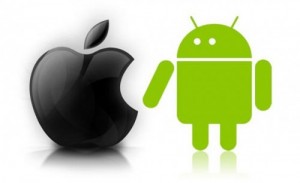 Anyone think it’s ironic that I’m writing this while waiting for the iPhone 6 event to start?
Anyone think it’s ironic that I’m writing this while waiting for the iPhone 6 event to start?
I was probably crazy to switch from an iPhone 4S to an HTC One M8 just a few weeks before the launch of the iPhone 6, but I did it for a reason. I’ve been wanting to make the switch from iOS to Android on my phone for months now, but I was afraid if I waited for the iPhone 6 launch, I’d cave and get another iPhone. This way I’m “stuck” for 18 months. So far, I’m okay with that.
I thought a couple of articles on why I made the switch and how I’ve felt about it might be useful if you’re thinking of changing the operating system on your phone. If you’re looking for an “I’ve seen the light and iOS really does suck,” you’re in the wrong place. I still like iOS, and I think it’s the right operating system for some users, like my husband. He just wants his phone to work. He wants to be able to download a few apps, but other than that, he doesn’t want to spend much time with the operating system. Android would drive him nuts (or he’d just use it exactly like an iPhone, which would be a waste). However, if you’re like me, and you like to tinker and customize your phone to work exactly the way you want it to, seriously consider Android.
Since I’ve been using Android on a succession of tablets, I was familiar with the operating system and how it works. I was looking for three things from an Android phone.
1. Notifications
One of my biggest gripes with iOS is how it handles notifications. I hate the app badges, and it just seems like the notification screen should do more than it does. Android doesn’t use badges, and the notification panel has more options, which I’ll detail in Part 2 of this series. For now, just know that, even after iOS 8 is released, Android notifications are more functional, in my opinion.
2. Tight Google Now Integration
Yes, you get a watered down version of Google Now in the iOS Google Search app, but with an Android device, you get more cards and options. I’ve had Google Now on my tablets, but because so much of the service is location-sensitive, you get fuller use out of it with a cellular-enabled device. That said, while it was a major factor in making the switch, I haven’t used it as much as I thought I would, yet. I spent the first week with my new phone on vacation, and Google Now didn’t feed me much while I was in the mountains. I’m sure that will change over the next few months.

3. Widgets
Before I bought my first Android tablet, I read about these “widget” things. Honestly, I didn’t get them. Then I bought a Nexus 7 and started playing with them. For you iOS users, widgets are active programlets (I think I just coined that) on your home screen. They aren’t full apps, but they give you some app features, without having to open an app. Note, in the image, the FitBit and Audible widgets on my phone.
I can see my current steps from FitBit, without needing to look at my tracker or open the app. I can start playing an audiobook, again, without needing to open the app. The sharp-eyed will notice the tiny Audible icon in the upper left, in my Notification tray. I could also swipe down and start the book using that.
There are lots more things you can do with widgets, both on your home screen and lock screen. Again, I’ll go into more detail in Part 2, but widgets are, in my opinion, the single best feature of Android. iOS 8 will have them on the lock screen, but not on the home screen, which limits their utility, although I might change my mind about that when I get iOS 8 on my iPad.
Those were my three reasons before I purchased, and so far, I’ve not regretted them. In Part 2, I’ll go into greater detail about both the HTC phone and my experience with Android. iOS users, it’s not all smooth sailing. There are a few things you need to know, but overall, it’s been a good experience.
In the next post, I’ll discuss more specifics about the phone I chose and how it’s gone.
Update: Here’s an excellent article about the opposite switch (from Android to iOS).


















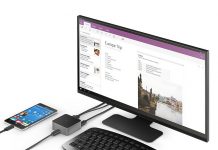
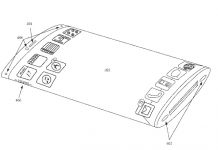

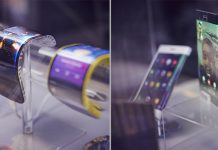
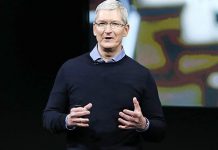










Hi Juli – I went the opposite way, Android to iOS. I completely get what you are saying. The thing I loved about Android was the notification and widget functionality. Not really a fan on how that is implemented in iOS. Outside of those two things, I’d have to say I’m happy I made the switch.
@Craig, I just read your article, and I do think some of your problems were Samsung, not iOS, as you alluded to. I don’t have battery issues with my HTC, although I can’t go two days. One full day is no problem, though. I do have occasional heating issues, but it mostly seems due to one app (My Boy). I have the complete opposite experience with images. I despise how images are displayed on my HTC. I’ve tried different apps, and none of them are as smooth or intuitive as on my old iPhone. Half the time, images are greyed out, and I can’t just flip through them sequentially. Fortunately, I’m not a frequent photographer. If I were, that alone would be enough to drive me back to iOS 8. As it is, widgets and notifications keep me on Android. For now.